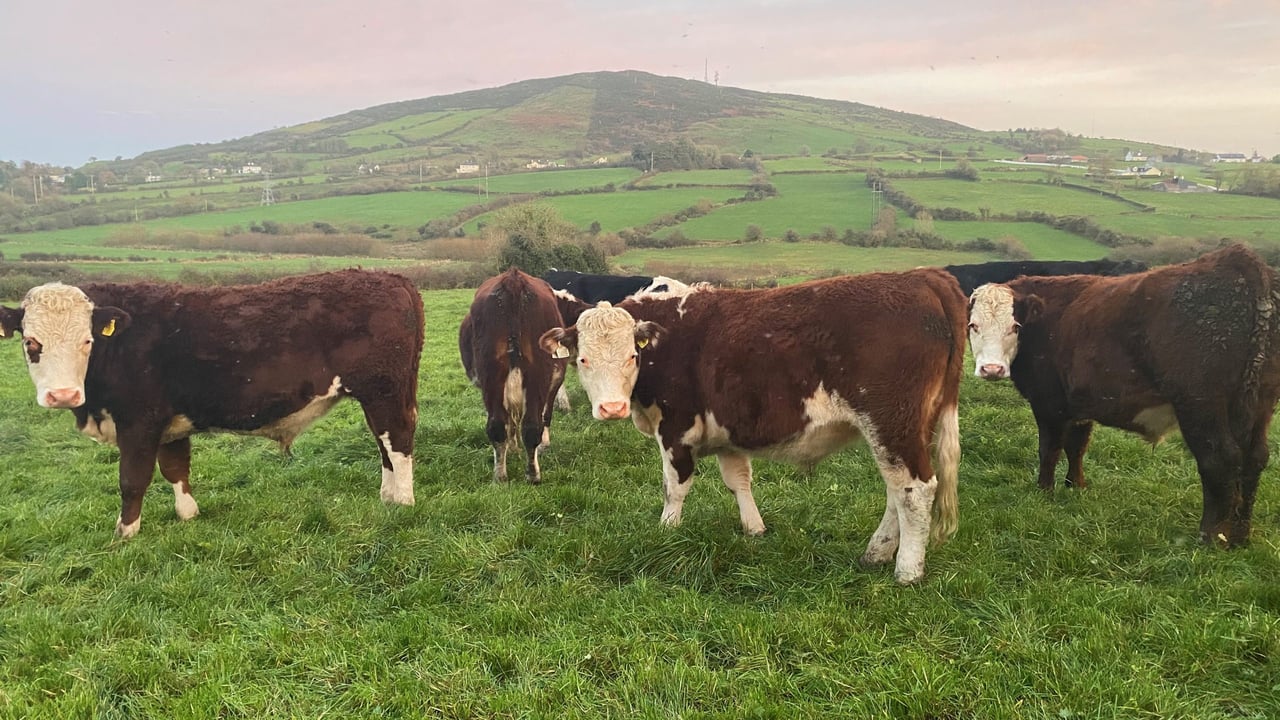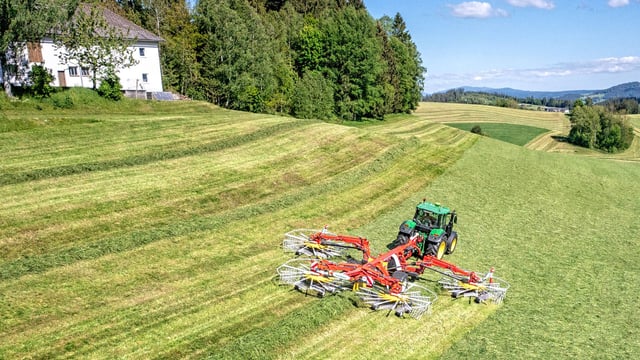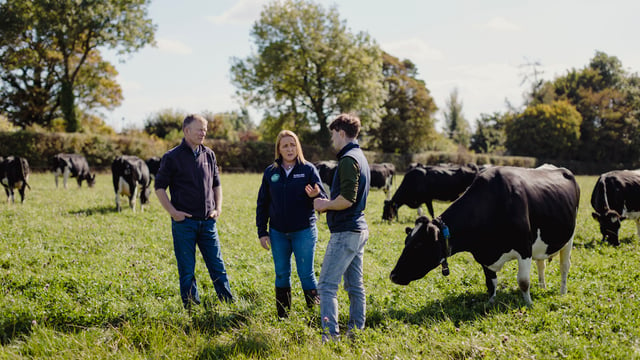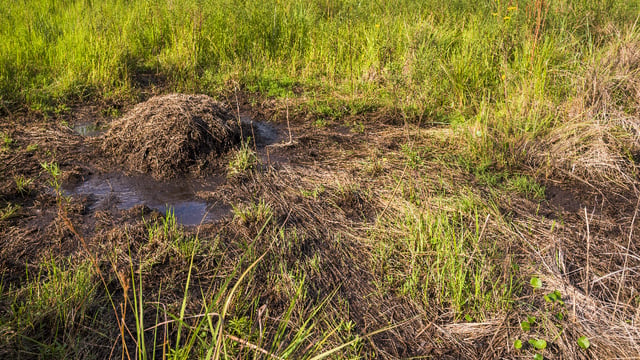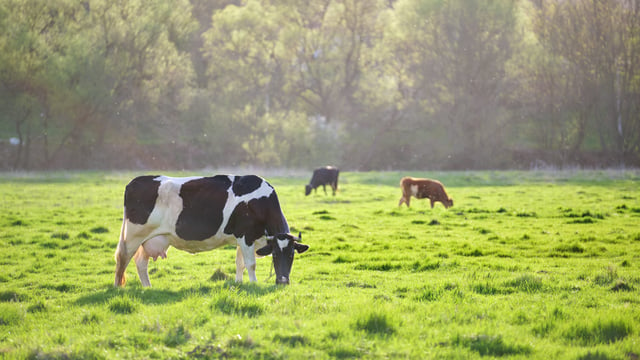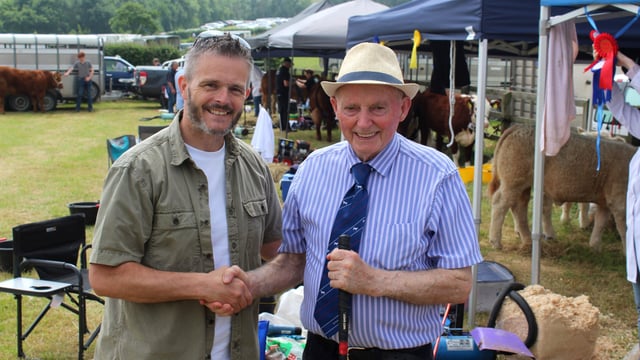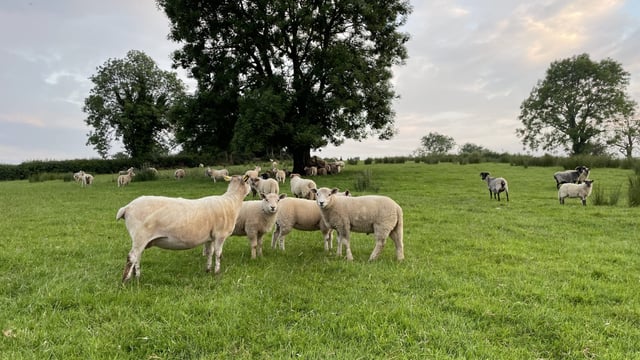How much weight should cattle be gaining at grass?
Ensuring cattle are meeting their target weight gains at grass is essential in any profitable farming system.
During the second season at grass for both steers and heifers, the aim should be for a target average daily live weight gain (ADG) of 0.9kg/day or above, according to Teagasc.
Generally the ADG for cattle is higher in the spring/early summer and tails off into mid-summer and into autumn but good grassland management can help sustain good growth rates.
Anecdotal conversations with farmers indicate cattle are thriving well at grass this year and are performing better than last year when grazing conditions were more challenging.
As a general rule of thumb, male (steer) dairy-beef cattle born in spring 2024 should have an average weight of 500kg or above by mid-October this year.
Spring 2024-born dairy-beef heifers should have a target weight to 465kg or above by mid-September, according to Teagasc.
Good grass management essential to cattle thriving well
Grass is the cheapest, most available resource on most Irish farms. But like all inputs, grass also needs careful management to ensure cattle are grazing it at the right stage and that fresh grass is available to cattle at all times.
Ensuring good graze-outs and knowing when to take paddocks out of the grazing rotation for silage is a great help in maintaining good grassland management.
With beef prices better than other years, this year could be a good time to invest in grazing infrastructure to make paddock grazing easier.
Drinkers, roadways, and electric fencing all make grassland management a much easier task for grazing cattle.
Once good grassland management is being achieved on farms, low-performing paddocks are more easy to identify.
Once problems with soil fertility have been addressed, these paddocks than the be earmarked for reseeding in the autumn or next spring.

